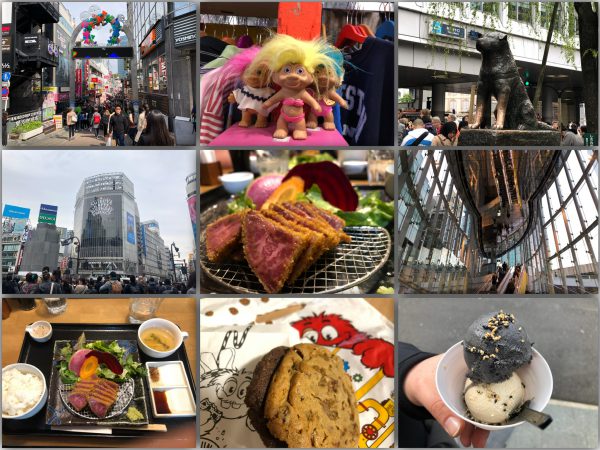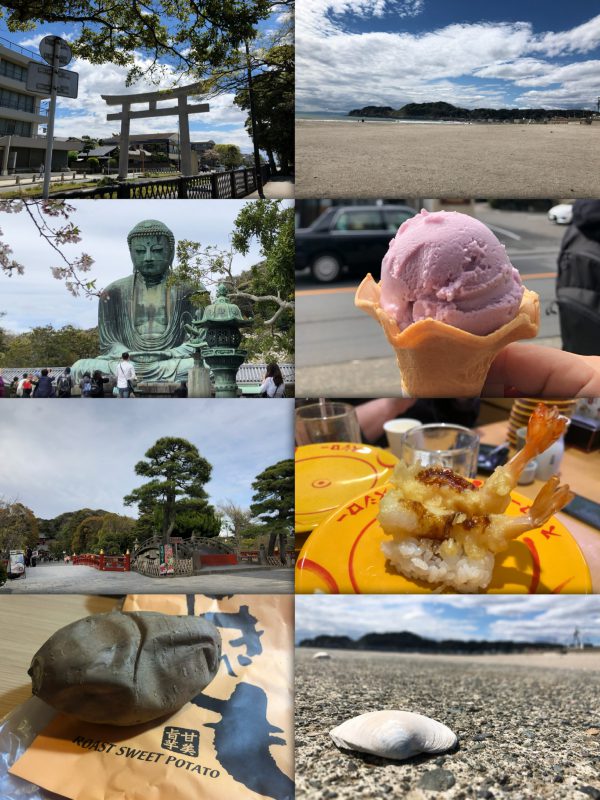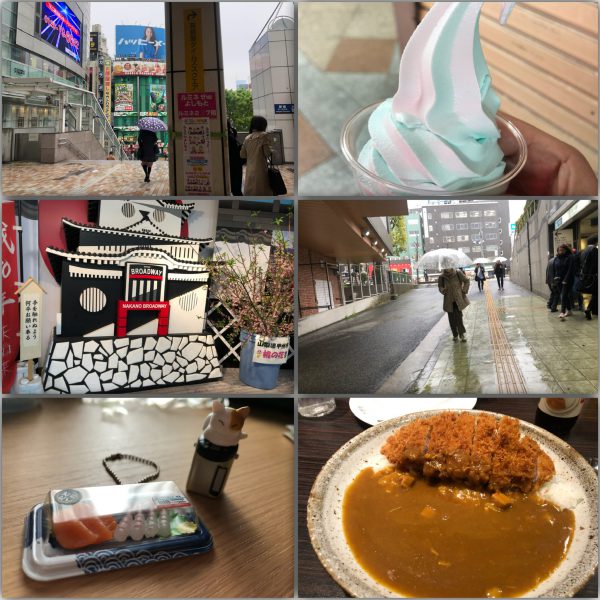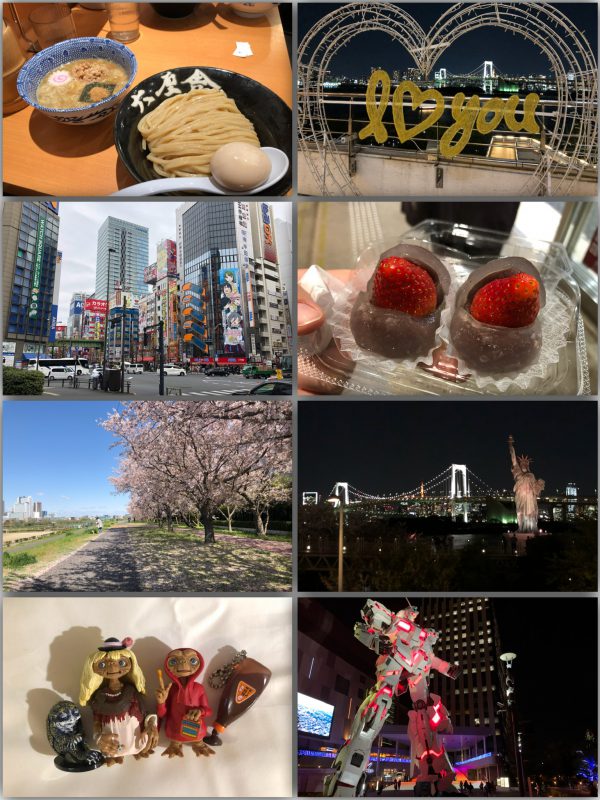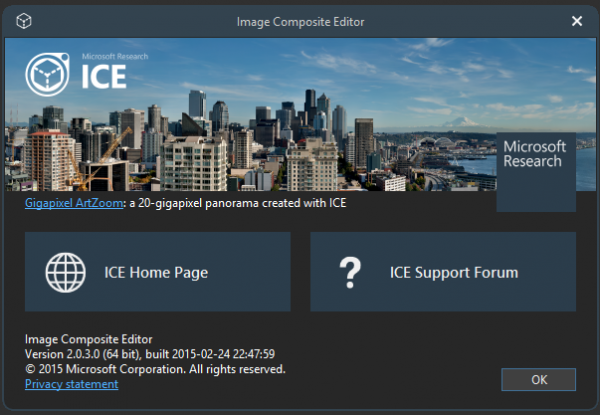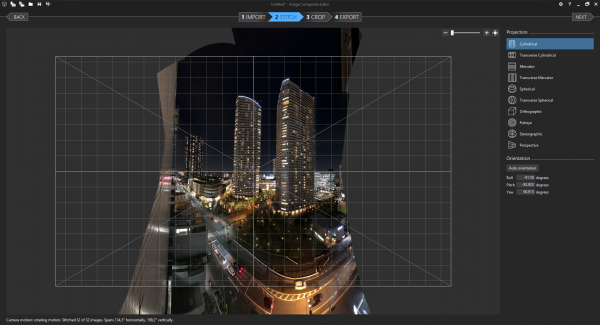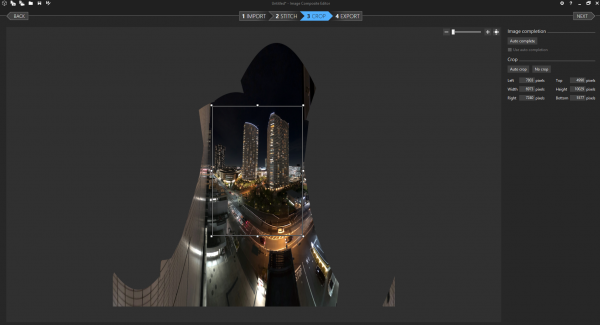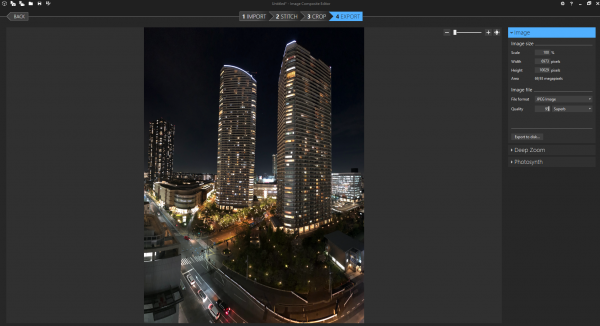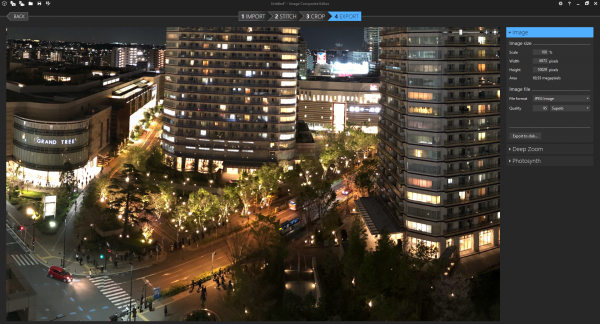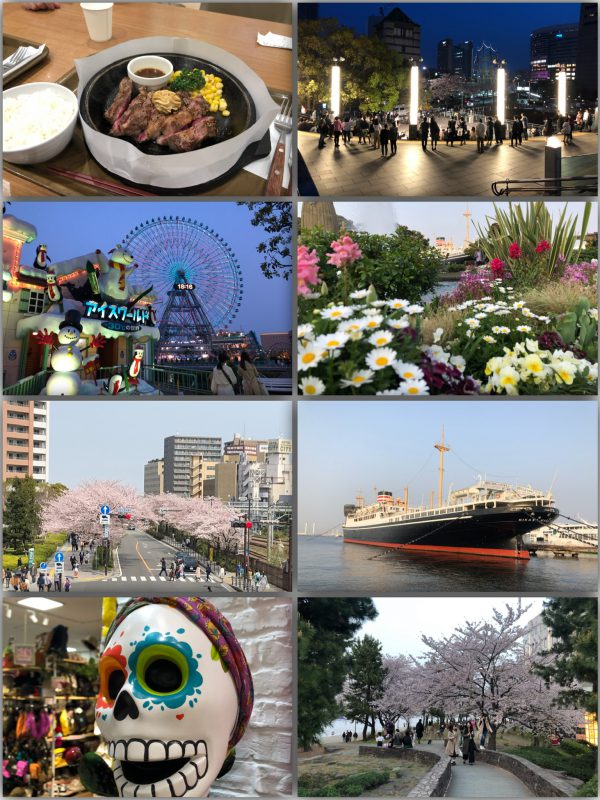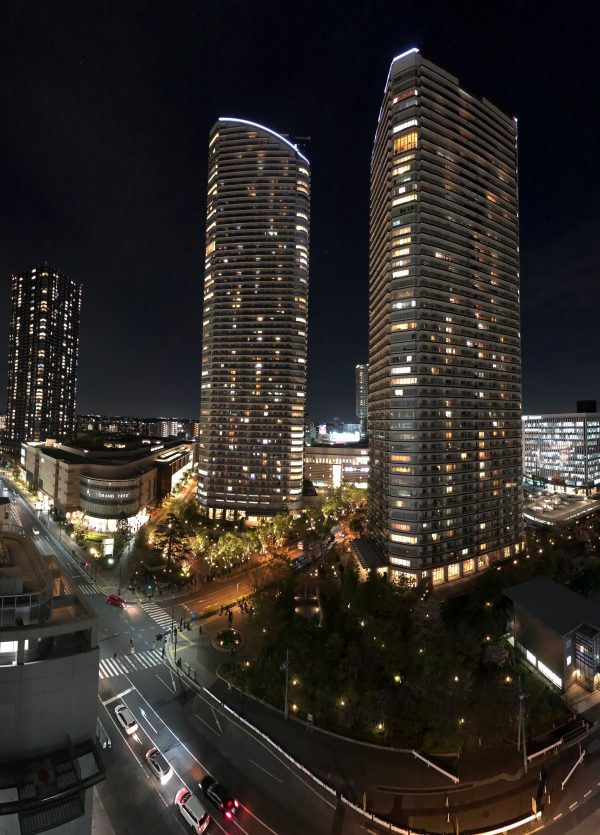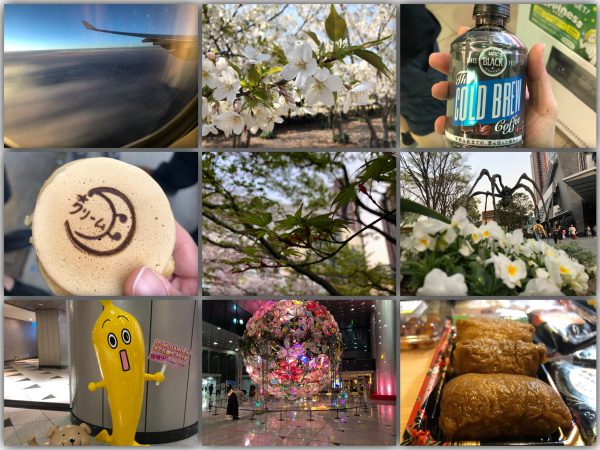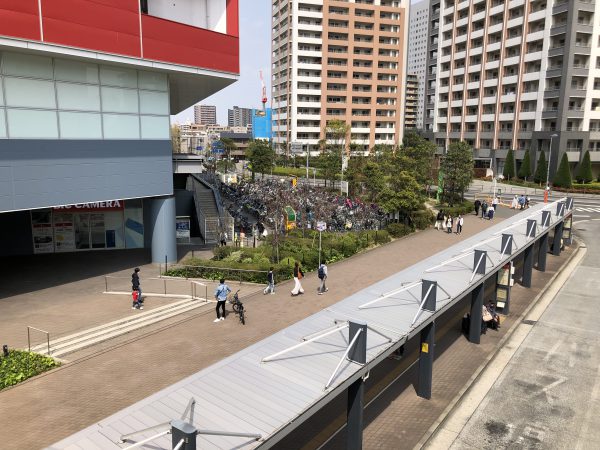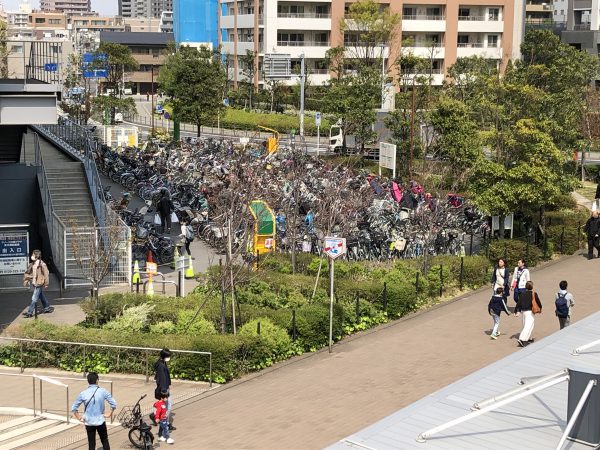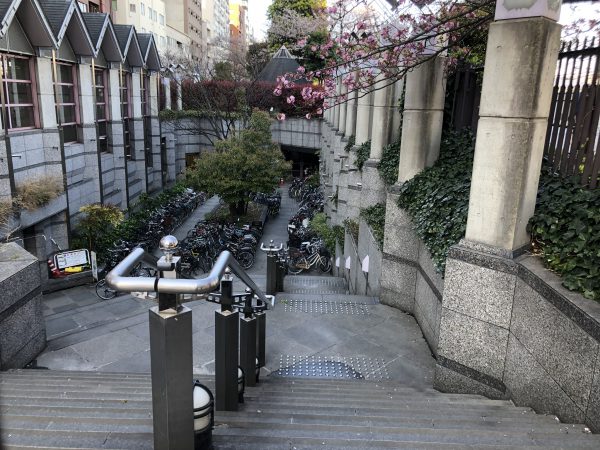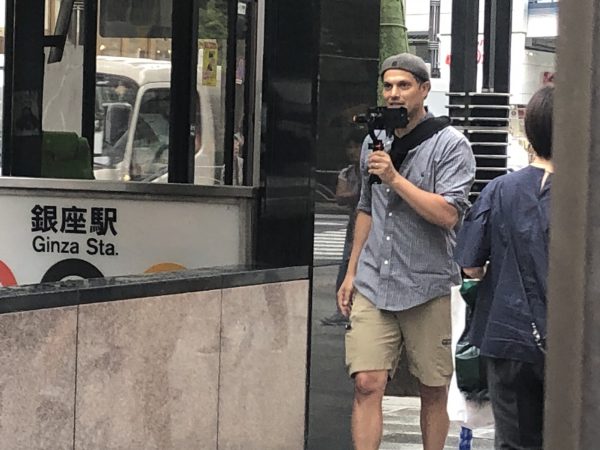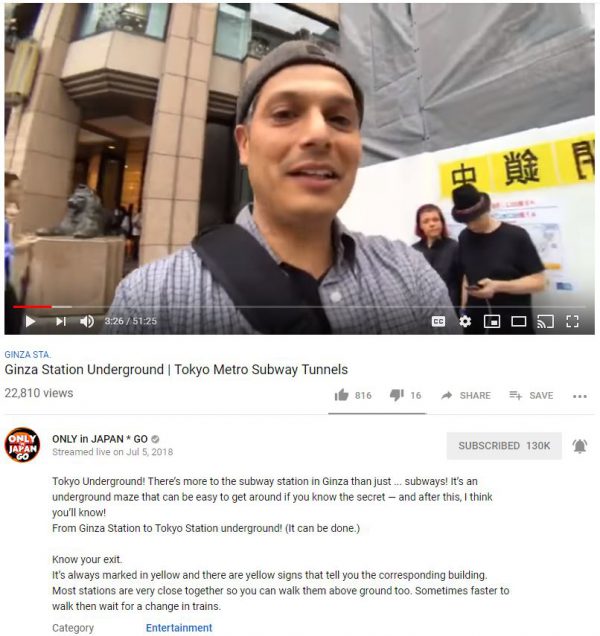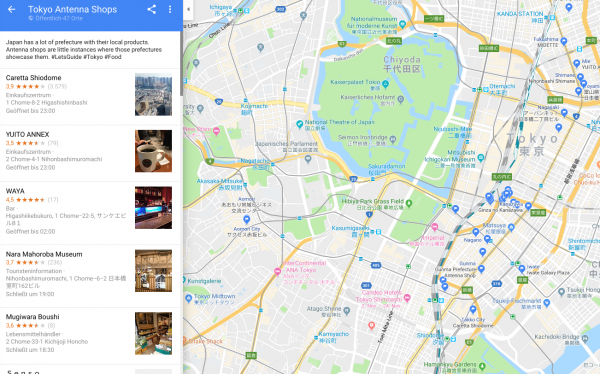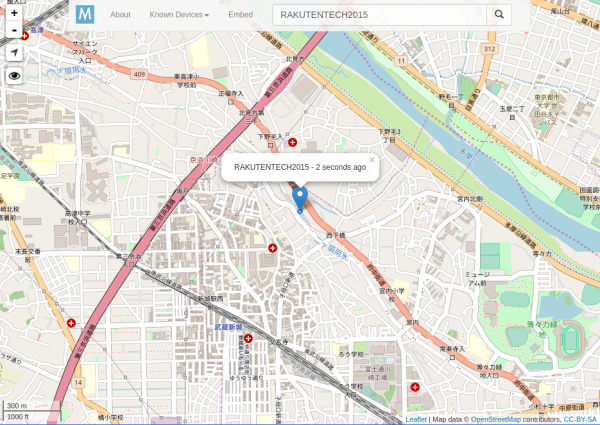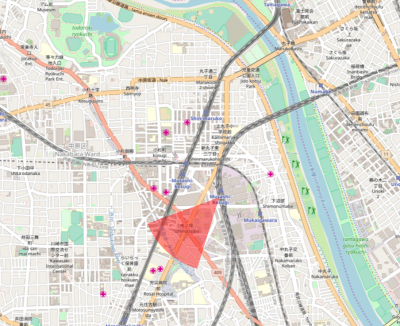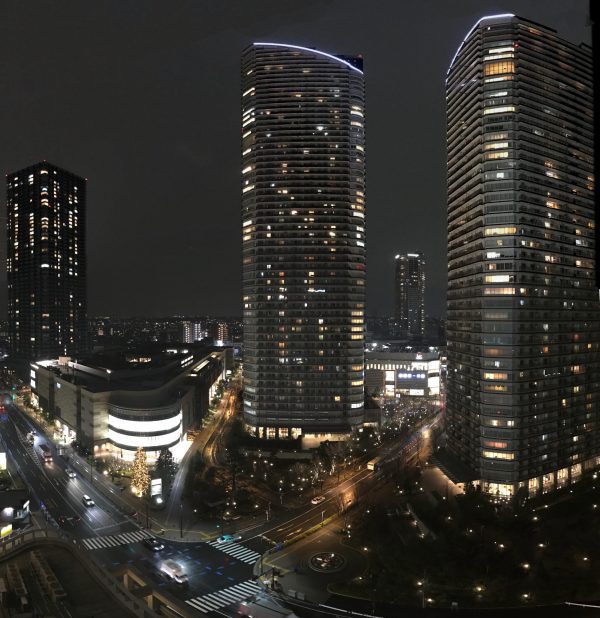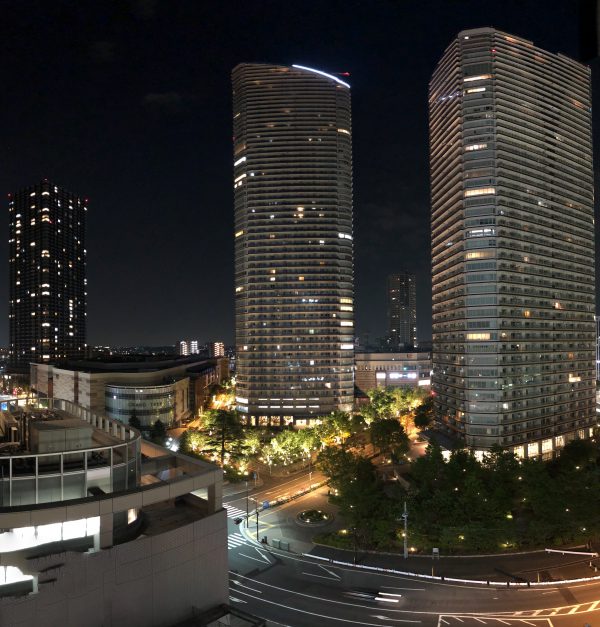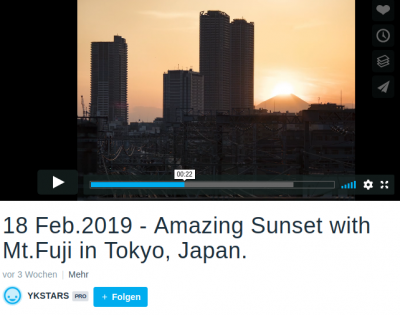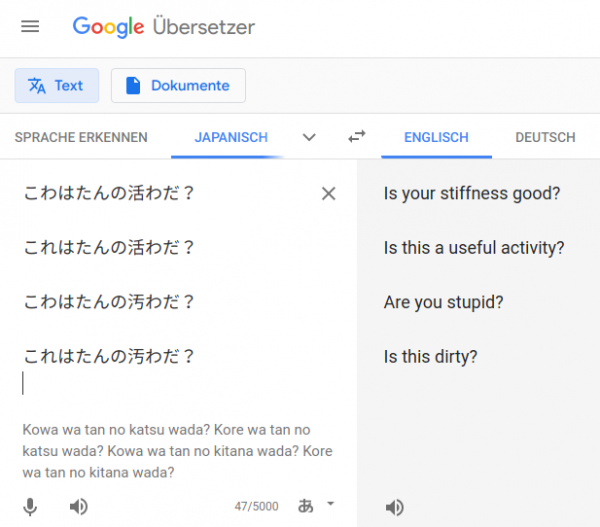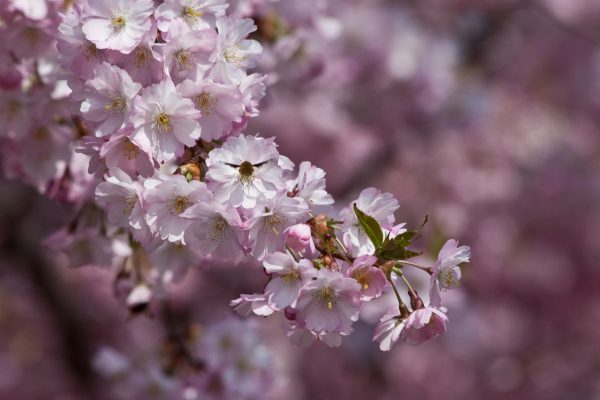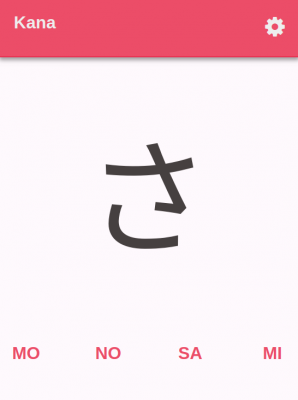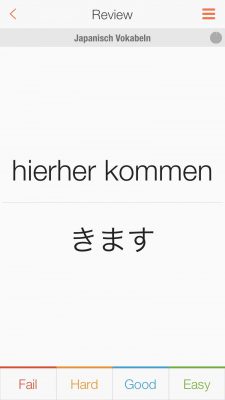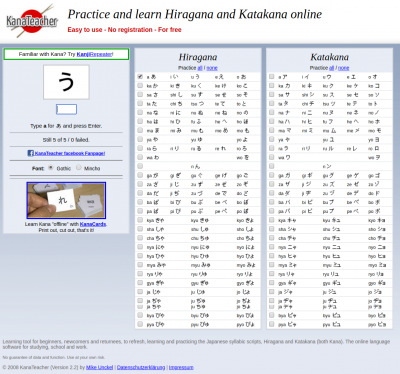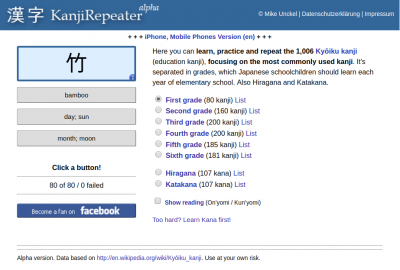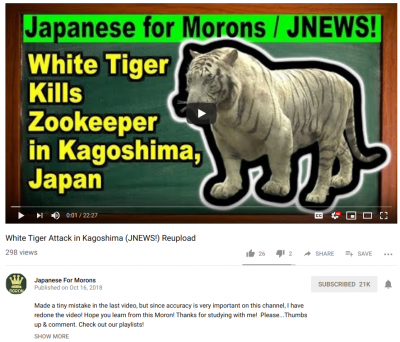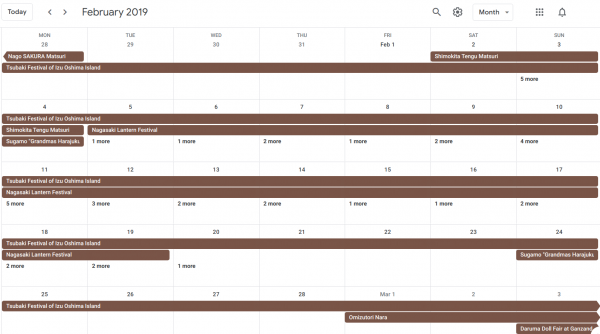Japan family trip April 2019 (part 5)
Japan family trip April 2019 (part 4)
gone fishing and back
Probably this blog had been a bit more silent than usual in the past days. This is because we had been away and out of the country.
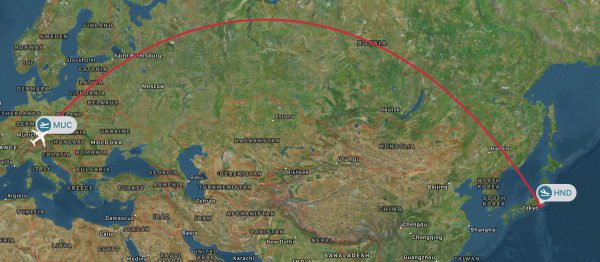
Japan family trip April 2019 (part 3)
Panoramic Images free (-hand)
I really like taking panoramic images whenever I can. They convey a much better impression of the situation I’ve experienced then a single image. At least for me. And because of the way they are made – stitched together from multiple images – they are most of the time very big. A lot of pixels to zoom into.
The process to take such a panoramic image is very straight forward:
- Take overlapping pictures of the scenery in multiple layers if possible. If necessary freehand.
- Make sure the pictures overlap enough but there’s not a lof of questionable movement in them (like a the same person appearing in multiple pictures…)
- Copy them to a PC.
- Run the free Microsoft Image Composite Editor.
- Pre-/Post process for color.
The tools used are all free. So my recommendation is the Microsoft Image Composite Editor. Which in itself was a Microsoft Research project.
Image Composite Editor (ICE) is an advanced panoramic image stitcher created by the Microsoft Research Computational Photography Group. Given a set of overlapping photographs of a scene shot from a single camera location, the app creates high-resolution panoramas that seamlessly combine original images. ICE can also create panoramas from a panning video, including stop-motion action overlaid on the background. Finished panoramas can be saved in a wide variety of image formats,
Image Composite Editor
Here’s how the stitching process of the Musashi-kosugi Park City towers night image looked like:
Japan family trip April 2019 (part 2)
グランツリー武蔵小杉 and Park City Forest Towers
Japan family trip April 2019 (part 1)
How to solve the city traffic problem
Only in Japan
When you are searching the internet for more information and things to learn about Japan you will inevitably also find John Daub and his “Only in Japan” productions. And that is a good thing!
ONLY in JAPAN is a series produced in Tokyo by one-man band John Daub.
Only in Japan Patreon page
Back in 2018 we even where around when John announced that he is going to live-stream.
And so we met up with him and eventually even said “Hi”.
Of course it wasn’t just us who got a good picture. We were part of the live stream as well – involuntarily as we had tried very hard to not be in frame.
Map of Antenna Shops in Tokyo
Japan has these awesome concept of “Antenna Shops” (アンテナショップ):
Antenna shops were first established in Tokyo in the early 1990s as a means for regional governments to promote local goods and products to the capital’s many residents. Antenna shops for Okinawa and Kumamoto were the first to arrive on the scene in 1994, with the current total of prefectural outlets totaling around 54 – with 28 shops dotted about the Ginza/Yurakucho area alone. Some prefectures retain only one location, while a handful of prefectures sell their goods in multiple outlets.
Antenna Shops in Tokyo
To help those seeking out to visit one (or all) of them I’ve made and share a list on Google Maps:
more japanese pun
A couple of days ago I wrote about a Japanese pun I came across while surfing and doing language learning. I wanted to know more about how these kind of language-tricks work in Japan. And this is what I’ve found:
“Japanese puns, or 駄洒落 (dajare), can be not only groan- or laughter-inducing, but they can also help you improve both the depth and breadth of your language ability.”
Dajare: 13 types of Japanese puns.
This assortment of fun has been put together by Tofugu. A seemingly comprehensive website around the japanese language. It’s even got a podcast!
staying in Tokyo off-center (武蔵小杉)
Ever since I’ve first visited Tokyo in 2012 I fell in love with country, culture and the city. On average I was there 4 times a year to do business.
After leaving Rakuten I went back to Tokyo for a vacation together with my wife in October 2017. The idea was to show her what I was enthusiastically mumbling about all the time when I came back from Japan.
When staying in Tokyo I’ve stayed in different areas across the city. From very center to not-so-much-center. Given the great public transportation and taxi system in Tokyo it always was a great experience.
So after a couple of times I developed a preference for an area that was in walking distance to the Rakuten office, was well connected to the public transport system and offered all sorts of starting-points for daily life on a longer term. It ticked a lot of boxes.
You can follow my foot-steps from a route I had recorded in 2015 in preparation for a presentation I’ve held at the Rakuten Technology Conference on my pet project Miataru.
The areas name is Musashi-Kosugi (武蔵小杉). And it actually is in the city of Kawasaki in Kanagawa prefecture. Effectively just across the Tama river from Ota-city in Tokyo prefecture.
Like any great neighborhood everything is conveniently close and the service everywhere is spotless. The hotel of preference is fairly priced and extremely close to the two train stations. So you can get anywhere quick by train.
You can see the hotel location and the train tracks pretty well on this next map. The red portion shows the viewing direction of the night-picture below.
And like any great neighborhood there’s loads of current information available and lots of community activities around the year. In the case of Musashi-Kosugi you can have the more official website and the more up-to-date blog.
If you plan to visit Tokyo I can only recommend you take a look at more off center options of accomodation. I’ve always enjoyed being able to leave the center of buzz like Shibuya, Ropongi and get back into my bubble of quietness without compromising on everything else than party-and-entertainment options. Actual longer-term daily-life is much more enjoyable off-center – as you can imagine.
And for the end of this post: Let us enjoy a sunset with parts of the Musashi-Kosugi skyline:
japanese puns?
Learning a new language is full of discoveries along the way!
As I am spending more time on learning the Japanese language the more different things seem to unlock. One of those things is the apparent fun Japanese companies have with puns/slight writing mismatches.
Like this one – I think (as I can not be 100% sure yet…learning!):
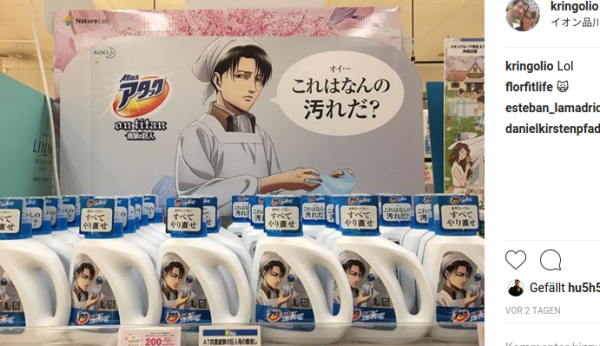
This is an advertisement in a supermarket for a laundry detergent. It is themed to an Anime called “Attack on Titan” – properly because the detergents name is Attack. So when I tried to make sense of the text I first read it wrong, of course.
Let’s look at it step-by-step:
I first started reading the Hiragana portion and make sense of it. There I made my first mistake which is to misread the first second character. For some reason my brain went for わ (wa) when I should have gone for れ (re).
Then I typed away further and came to the Kanji. I read a 活 (katsu) when it in fact was a 汚 (kitanai).
Given that you’ve typed those into Google Translate you will get very interesting results. I had a good laugh by then:
I am not sure if this is on purpose or not – as I do not yet know if I am just making a mess on this or if this is intentionally done so that, given your level of Japanese reading and attention-spent reading it, you get very different and funny results.
Any Japanese readers that can add some explanations? Am I far off with the thoughts?
sakura season forecast
I am visiting Japan for almost 7 years now but I’ve never actually been there when the famous cherry blossom – or sakura – was in full force.
As every year there’s a forecast map for this years season and it gets updated frequently:
- First Forecast Issued January 24th
- Second Forecast Issued February 7th <- today
- Third Forecast Issued February 21st
- Fourth Forecast Issued February 28th
try to read/listen to japanese
I am at the stage of “trying to comprehend” the japanese spoken language.
I’ll be a happy camper if I would understand most of what is being said and could follow daylight normal conversations pointed towards me japanese. Like, you know, when trying to make a purchase or having to ask for that one bit of information.
For this, apart from excessive exposure to the spoken language, I am using some tools to help with reading to a small degree.
For those completely out of the loop:
Japanese has no genetic relationship with Chinese, but it makes extensive use of Chinese characters, or kanji (漢字), in its writing system, and a large portion of its vocabulary is borrowed from Chinese. Along with kanji, the Japanese writing system primarily uses two syllabic scripts, hiragana (ひらがな or 平仮名) and katakana (カタカナ or 片仮名). Latin script is used in a limited fashion, such as for imported acronyms, and the numeral system uses mostly Arabic numerals alongside traditional Chinese numerals.
https://en.wikipedia.org/wiki/Japanese_language
Here’s a list:
japanese festival calendar
Last year I had started to create a calendar that would hold all the events and festivals (まつり / matsuri) in Japan – especially Tokyo – I can get ahold of.
Since it has become a custom in my family to spend several weeks several times a year in the Tokyo area this calendar is used and updated frequently.
Of course it is a calendar you can export, import and subscribe to with any iCal / ICS capable device at your disposal. And probably that means any device that has a calendar app or a browser.
You can click this link and subscribe through google calendar: japanese matsuri calendar
